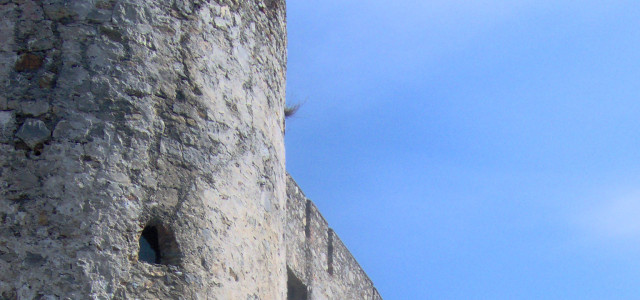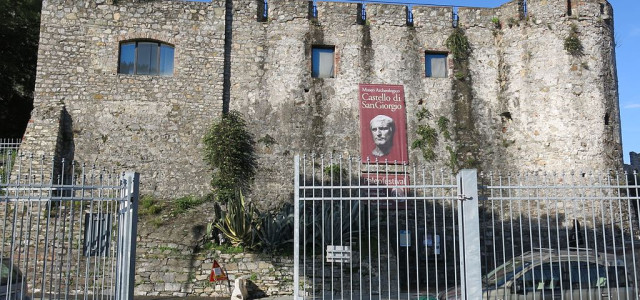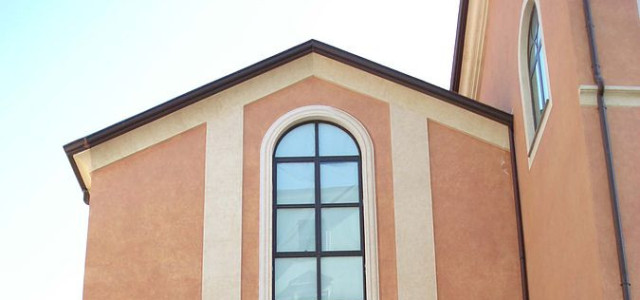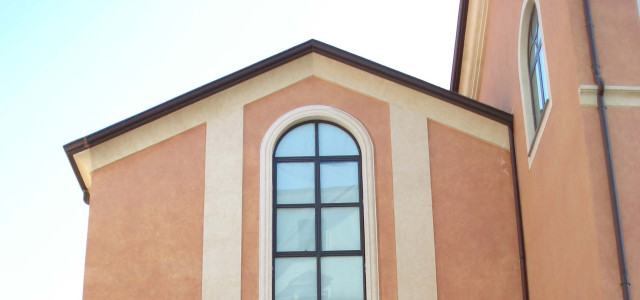La Spezia
La Spezia (Italian: [la ˈspɛtsi̯a] ( ); Spèza in the local dialect of Ligurian), at the head of the Gulf of La Spezia in the Liguria region of northern Italy, is the capital city of the province of La Spezia. Located between Genoa and Pisa on the Ligurian Sea, it is one of the main Italian military and commercial harbours and hosts the arsenal of the Italian Navy. It is important for its museums, for the Palio del Golfo, and for the railway and boat links with Cinque Terre. History The area of La Spezia has been settled since pre-historic times. In Roman times the most important centre was Luni, now located in the vicinity of Sarzana (city near La Spezia). Being the capital of the short-lived Niccolò Fieschi Signoria in the period between 1256 and 1273, inevitably linked with the Genoese vicissitudes until the fall of the Republic of Genoa, it grew and changed to develop following the lines of the Ligurian capital. In fact, this Ligurian influence still is visible in the urban layout as well as in the types of buildings and decorations. It can be seen by going along the carrugio, the narrow street dividing the Old Town into two, called Via del Prione taking its name from a pietrone or large stone, in local dialect in fact prione, from where public announcements were read. Going up from the sea it is possible to see partly hidden, but evident traces of history: engraved stones, capitals, and portals in fourteenth century sandstone, double lancet windows vaguely reminiscent of the future renaissance style, mannerism and baroque pediments, and decorations similar to those adorning the portals of the palaces once belonging to the Doria family and the Princes of Massa. La Spezia experienced extraordinary development after 1861 when the great naval arsenal there was commissioned by the Royal government. In September 1943 after the Italian capitulation to the Allies, it was the departure port for the Italian Navy when it was ordered to steam into British hands at Malta. The Germans arrived too late to stop the departure of the fleet, so they summarily executed the remaining Italian captains. During the war Italian troopships also left from La Spezia, including the Kaiser Franz Josef, a trans-Atlantic liner launched in Trieste in 1911 for the Austrian Lloyd company, and which Italy had confiscated in 1919. It was sunk in the harbour in La Spezia in 1944. After the liberation, La Spezia became the point of departure for the survivors from the Nazi concentration camps. From the summer of 1945 to the spring of 1948 more than 23,000 Jewish displaced persons managed to leave Italy clandestinely for Mandate Palestine. After lengthy vicissitudes, the ships Fede, Fenice,and Komemiut managed to evacuate everyone from the Spezia gulf, to the point that on Israeli geographical maps, La Spezia is called Shàar Zion (Hebrew: Gateway to Zion). Main sights Churches Cristo Re dei Secoli ("Christ the King of Centuries", cathedral), consecrated in 1975. The project was by Adalberto Libera. Abbey church of Santa Maria Assunta ("Our Lady of the Assumption", thirteenth century). It houses a considerable series of artworks, some of them coming from other suppressed religious institutes. They include an Incoronation of the Virgin by Andrea della Robbia, the Multiplication of Bread by Giovanni Battista Casoni and St. Bartholomew's Martyrdom by Luca Cambiaso. Santi Giovanni e Agostino ("Saints John and Augustine", sixteenth century). It has a single nave with eighteenth and nineteenth century decorations. Nostra Signora della Scorza. Built in 1900 in the heart of the working-class neighborhood Quartiere Umbertino (Piazza Brin. Museums Ubaldo Formentini—Civic Museum in the Castle of San Giorgio Amedeo Lia Museum Palazzina delle Arti and Museum of Seals Museum of Modern and Contemporary Art (CAMeC) Diocesan Museum Ethnographic Civic Museum Technical Naval Museum National Transportation Museum Others Castle of San Giorgio, recently restored, probably originated from a watchtower, a first castle is known to have been built by Niccolò Fieschi in 1262. In 1273 the Genoese destroyed it, and a new fortification, along with a new line of walls, was erected by the podesteria of La Spezia from 1371. Annexed to this edifice, the Republic of Genoa added a new castle starting from 1607. Public Gardens Art Nouveau–style villas Futurist mosaic by Prampolini inside the Post Office La Spezia is a point of departure for the Cinque Terre, either by train or boat. The boat also serves Lerici and Portovenere before turning into the open sea toward the Cinque Terre. These localities are accessible by public transport, 15 kilometres (9 mi) from the central railway station of the city. Climate La Spezia has a typical Mediterranean climate, with hot summers, but warm winters and very rainy autumns and springs. The average temperatures of the coldest month (January) are 4 °C (39 °F) minimum and 11 °C (52 °F) maximum. In the hottest month (July) they are 20 °C (68 °F) minimum and 29 °C (84 °F) maximum. Average annual precipitation is 1,314 millimetres (51.7 in), more than double that in London. Snow is uncommon; it snows about once or twice a year. Heavy snowfalls are exceptional events: only in 1985 has there fallen more than 50 centimetres (20 in), the same year that recorded the lowest temperature since 1950: −7 °C (19 °F). Another big snowfall occurred during the night of 18 December 2009, with approximately 25 centimetres (9.8 in) of snow. In winter, if during the night the sky is clear, the temperatures may fall below zero, reaching about −2 to 10 °C (28 to 50 °F). Conversely, in summer, especially during sunny days, the temperature can easily exceed 30 °C (86 °F), and sometimes it reaches 35 °C (95 °F). Furthermore, the sensation of heat in summer is increased by the high humidity. For the conformation of the territory the city is not exposed to the winds from the north, which lap the western Liguria, but to those from the southeast. These winds bring heavy rain and they can reach 80 kilometres per hour (50 mph), causing in some cases the blocking of the port. Notable people Alessia Aquilani (Alexia), singer Gian Paolo Dulbecco, painter Giancarlo Giannini, actor Ettore Gracis, conductor Virginia Oldoini, countess of Castiglione Eros Pagni, actor Gaetano Pesce, designer Alessandro Petacchi, cyclist Arrigo Petacco, writer Giacinto Scelsi, composer Alberto Sorrentino, actor Economy Today, La Spezia is the chief Italian naval station and arsenal and it is the seat of a navigation school. It also is a commercial port, with shipyards and industries producing machinery, metal products, and refined petroleum. Education Since 2002 La Spezia is headquarters of a university named G. Marconi. The university offers seven courses of degrees: computer security (five-year) information technology (three-year) mechanical engineering (three-year) Mechatronics (five-year) Naval design (five-year) Naval engineering (three-year) seamanship engineering (five-year) International relations Twin towns – Sister cities La Spezia is twinned with: Toulon, France Bayreuth, Germany Vallejo, California, USA Gallery See also La Spezia–Rimini Line Spezia Calcio 1906 Stadio Alberto Picco References Further reading Carlo Alfredo Clerici, Piero Pesaresi. "Le difese costiere della Spezia". Uniformi e Armi, agosto/settembre 1999. Pag. 48 - 53 External links Satellite picture by Google Maps A Path to Lunch—Archive and blog centered in Lunigiana/La Spezia. Walks, buses, food, history "Spezia". Encyclopædia Britannica (11th ed.). 1911.






